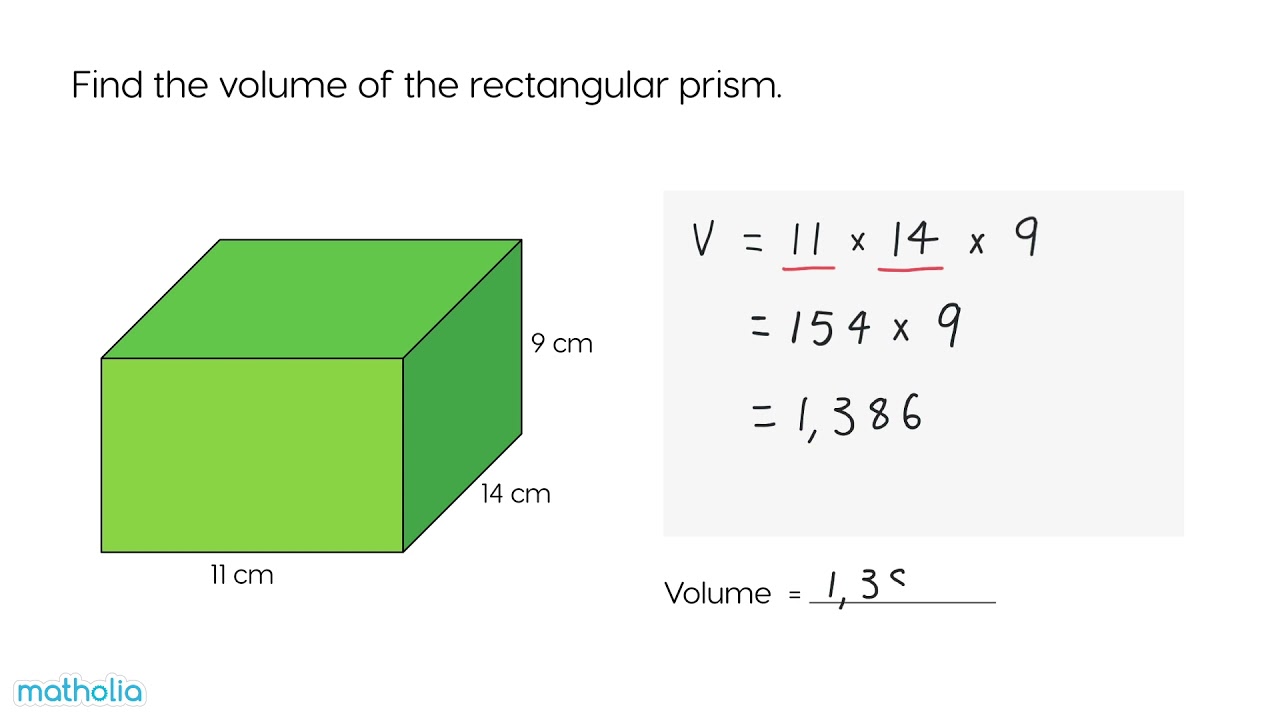Effective Ways to Calculate the Area of a Trapezoid in 2025

Effective Ways to Calculate the Area of a Trapezoid in 2025
Understanding geometric shapes is fundamental in the study of mathematics, especially when it comes to calculating area. The trapezoid is a unique shape characterized by its two parallel sides. Knowing how to calculate the area of a trapezoid not only enhances your geometry skills but also has practical applications in various fields, from architecture to engineering. In this article, we will delve into effective techniques and formulas for calculating trapezoid area efficiently. By mastering these approaches, you will be well-equipped to solve problems involving trapezoids in academic and real-world settings. You'll find clear area definition steps and practice examples that demonstrate these methods.
Key Methods for Calculating the Trapezoid Area
When it comes to finding the area of a trapezoid, there are primarily two methods that commonly surface: using the trapezoid area formula and employing trapezoidal calculations based on dimensions. Building on these fundamentals, let's explore these techniques in detail.
Understanding the Trapezoid Area Formula
The trapezoid area formula is defined as:
Area = 1/2 * (Base1 + Base2) * Height
Here, 'Base1' and 'Base2' represent the lengths of the two parallel sides, while 'Height' refers to the perpendicular distance between these bases. Calculating the area using this formula is straightforward once you have the necessary dimensions at hand. It’s essential to ensure that the base lengths are measured correctly and that the height is perpendicular to avoid discrepancies in your area calculations.
Finding the Average of the Bases
Another effective approach while applying the trapezoid area formula is finding the average of the bases. This is crucial, especially when presented with different lengths. To calculate the average:
Average of bases = (Base1 + Base2) / 2
Then, you can incorporate this average into the area formula. This technique simplifies calculations and minimizes errors when dealing with longer base lengths, making it a practical skill for students and professionals alike.
Utilizing a Trapezoid Area Calculator
For those who prefer technological assistance, various online trapezoid area calculators are available that automate the calculation process. By entering the trapezoid base lengths and height, the calculator instantaneously provides the area. This not only saves time but also reduces the risk of errors in calculations for those who might struggle with manual methods. Increasingly, these calculators are becoming essential educational tools for geometry lessons.
Application of Trapezoid Area in Real Life
The understanding of trapezoid area is not limited to theoretical mathematics; its applications extend into practical scenarios. Following this approach, let’s look at how trapezoids are utilized across various fields.
Trapezoids in Architecture
In architecture, trapezoidal shapes are often used in design elements such as roofing, where the structure requires sloped surfaces. Calculating the area of these trapezoidal sections is essential for determining materials needed for construction. Architects and builders use the trapezoid area formula to ensure efficient design and resource management, maximizing functionality without compromising aesthetics.
Geometric Properties in Engineering
Similarly, engineers frequently encounter trapezoidal shapes in their work. From designing water channels to creating support structures, understanding how to calculate trapezoid areas accurately helps in optimizing designs for safety and durability. The application of trapezoidal calculations helps engineers predict load distributions and material usages more effectively.
Trapezoidal Shapes in Nature and Art
Beyond professional fields, trapezoids also populate art and nature, appearing in everything from paintings to landscape formations. Artists may use trapezoidal shapes to create perspective in their work, leveraging their properties to enhance visual storytelling. Recognizing these forms in various contexts encourages a broader understanding of geometry and its relevance.
Common Mistakes in Trapezoid Area Calculations
Although calculating the area of a trapezoid can be simple, individuals often make recurring mistakes. Recognizing and correcting these can improve accuracy in mathematics. It’s crucial to understand why these errors occur and how to avoid them.
Misunderstanding Base Measurement
A common mistake involves incorrectly measuring the base lengths. Since trapezoids can come in varied dimensions, it is vital to ensure accurate and perpendicular height measurements, as this directly impacts the area calculation. Always double-check your lengths, particularly when using measuring tools.
Neglecting the Height
Another frequent error is neglecting to account for the height, which must be perpendicular to the bases. If the height is estimated or measured at an angle, it will lead to inaccurate area results. Understanding the trapezoid's properties aids in ensuring the correct height is used during calculations.
Rounding Errors
Lastly, rounding intermediate values too early can cause significant discrepancies in the final area calculation. Instead, maintain higher precision in all calculations until the very end. This approach will mitigate any rounding errors, ensuring the answer remains as accurate as possible.
Practical Examples and Exercises
To cement the knowledge about trapezoid areas, engaging in practical exercises can be particularly beneficial. By applying area calculation steps through various examples, you will strengthen your understanding of trapezoidal concepts.
Trapezoid Area Example
Let’s consider a trapezoid with Base1 measuring 10 cm, Base2 at 8 cm, and a height of 5 cm. Using the trapezoid area formula:
Area = 1/2 * (10 + 8) * 5 = 45 cm²
Practicing similar examples will enhance confidence in applying trapezoid area formulas effectively.
Trapezoid Area Practice Problems
Try calculating the area for the following trapezoid dimensions:
- Base1: 12 cm, Base2: 6 cm, Height: 4 cm
- Base1: 7 cm, Base2: 5 cm, Height: 3 cm
- Base1: 15 cm, Base2: 10 cm, Height: 6 cm
These problems will help improve your problem-solving skills when dealing with trapezoids.
Educational Resources for Learning Trapezoids
For educators and students alike, numerous resources are available to bolster knowledge about trapezoids. Understanding trapezoidal properties and area calculations is vital in building a solid foundation in geometry. Here are some recommended resources.
Interactive Geometry Tools
Utilizing interactive tools can enhance the learning experience significantly. Various websites offer visual aids that demonstrate trapezoid properties and allow users to manipulate shapes to see how dimensions affect the area. These tools foster a grasp of geometric concepts that textbooks may not convey effectively.
Mathematics Tutorials on Shapes
Numerous online tutorials focus on shapes, including trapezoids. These resources offer step-by-step guides and clear examples, making them ideal for reinforcing learning. Engaging with these materials provides a deeper insight into mathematical reasoning and area calculations.
Classroom Activities with Trapezoids
In a classroom setting, practical activities involving trapezoidal shapes can significantly enhance understanding. Tasks such as measuring real-world objects, drawing trapezoids, or creating graphical representations can help students appreciate the use of area calculations in various contexts. Consider integrating such activities into geometry lessons to promote interactive learning.

